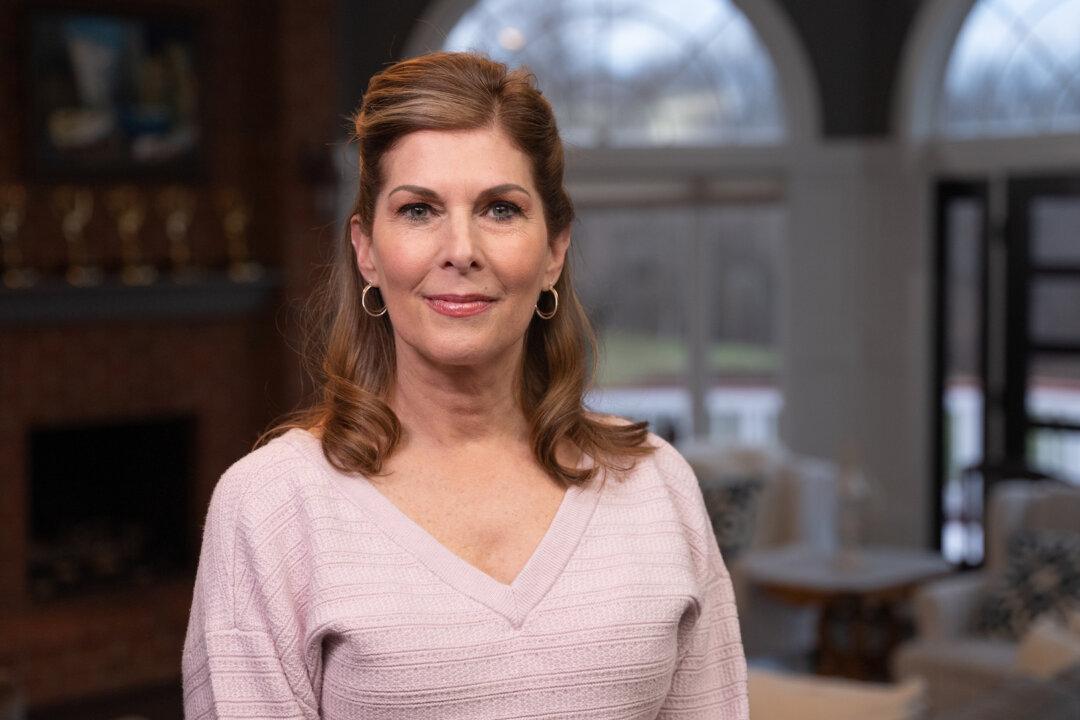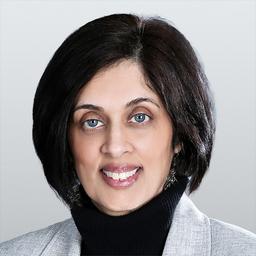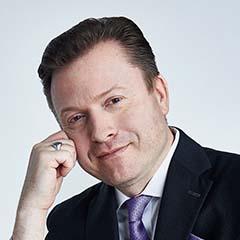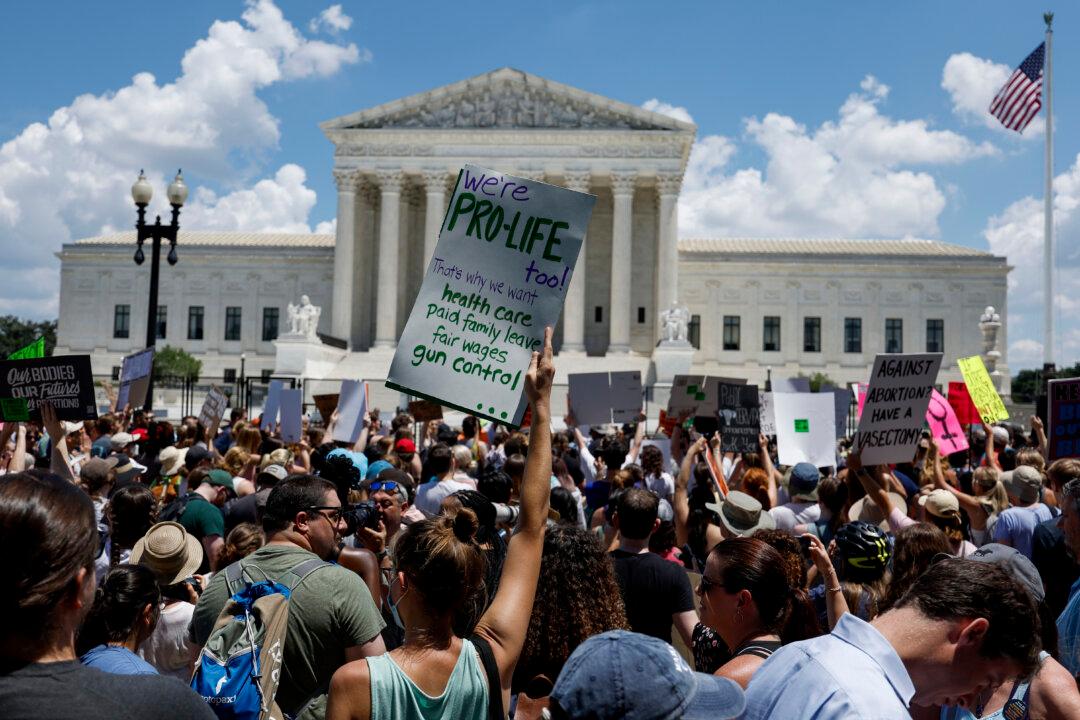Five-time Emmy Award-winning journalist Sharyl Attkisson says she’s seen an increased effort to manipulate the public to appreciate censorship and disapprove of journalism. One of the strategies that have been employed is the use of third-party fact-checkers, she said.
“Nearly every mode of information has been co-opted, if it can be co-opted by some group, [and] fact-checkers are no different,” Attkisson told EpochTV’s “American Thought Leaders.”






